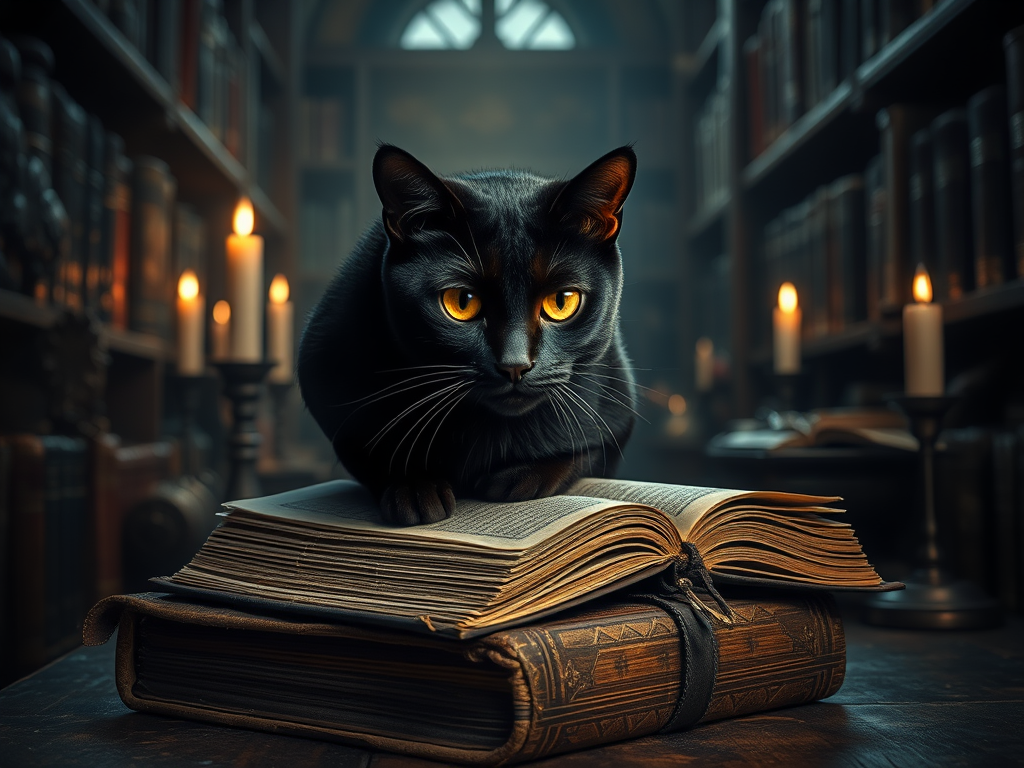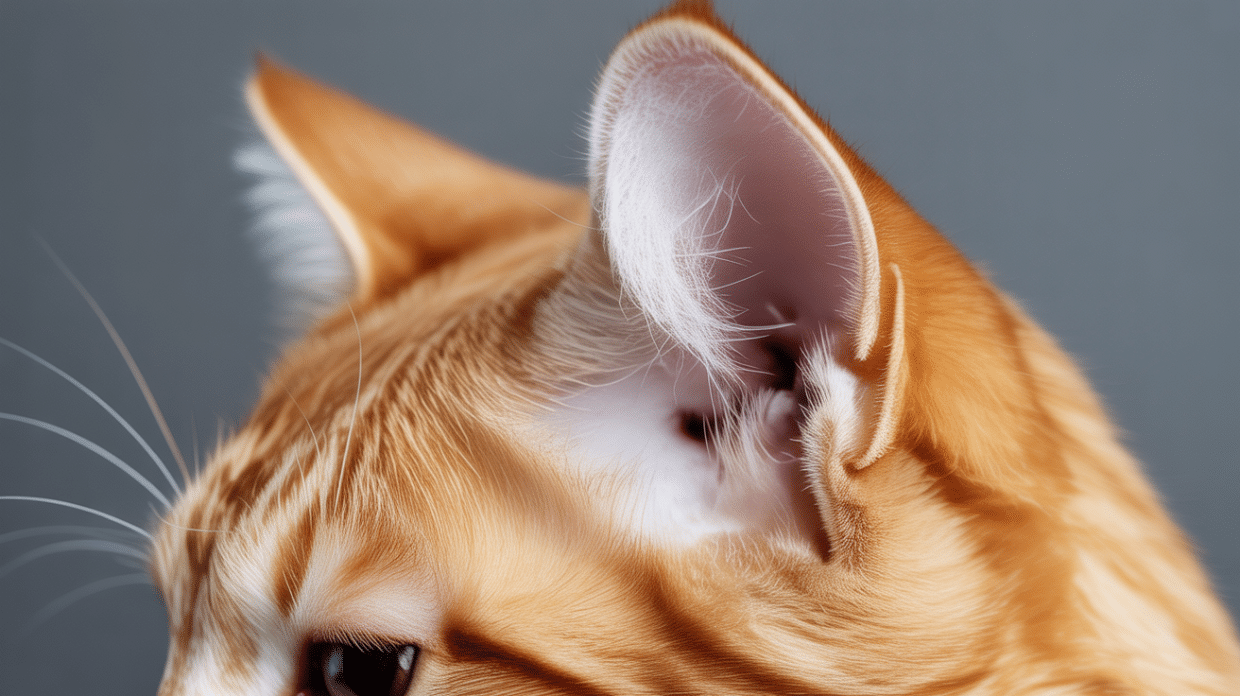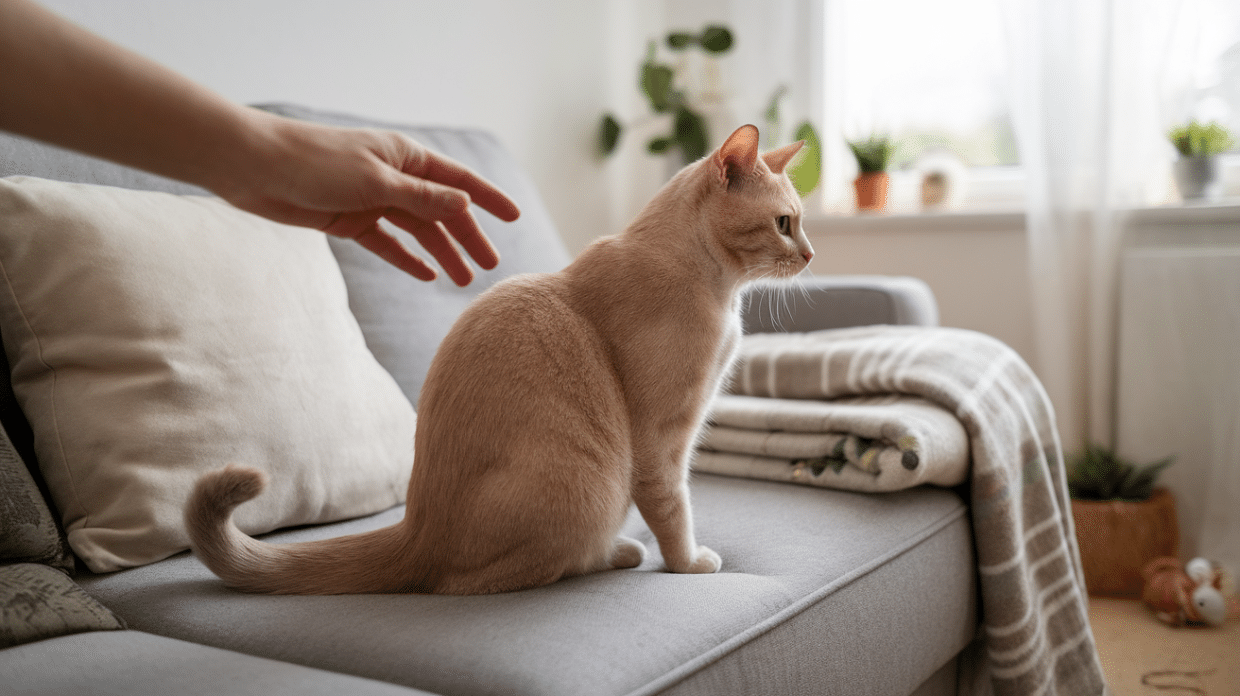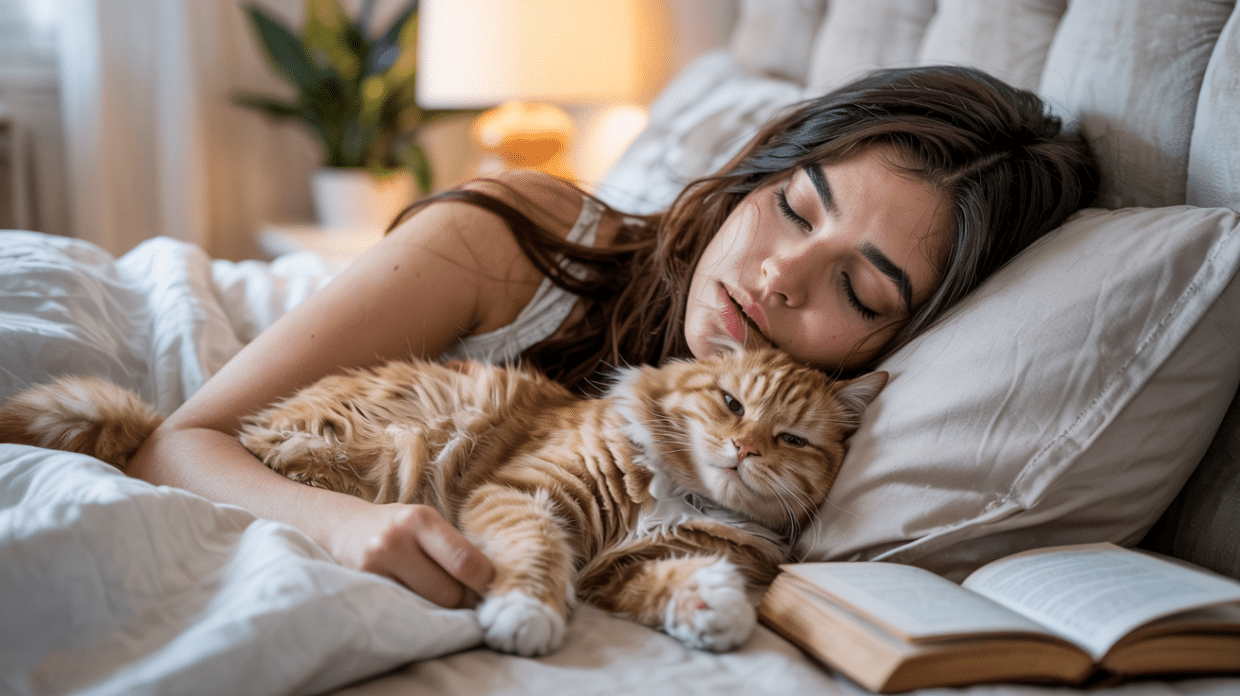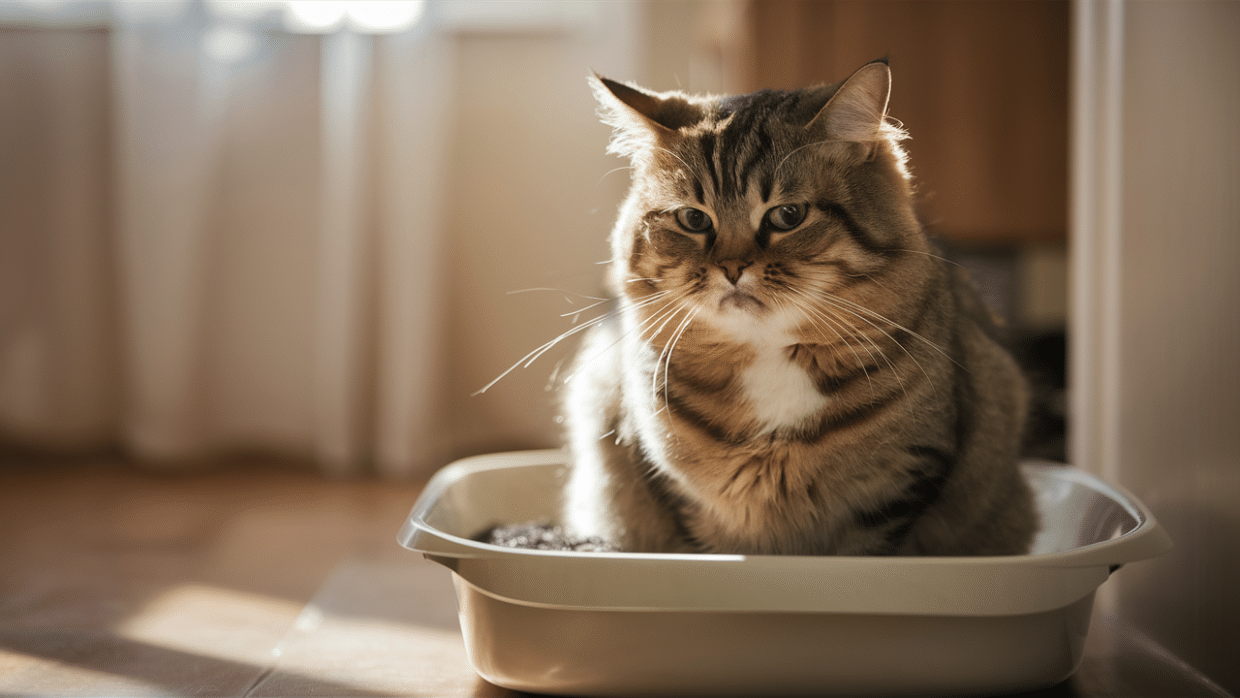Cats have been important symbols in stories for centuries, from ancient myths to modern books.
They are more than just animals. Writers use cats to show mystery, independence, intelligence, and even magic.
In different cultures, cats play many roles, sometimes as loyal companions and other times as magical or mysterious creatures. They appear in myths, folk tales, and classic literature, adding depth to the story.
This article discusses how cats are used as symbols in literature, showing how these small animals have big meanings in the world of writing.
Whether in ancient stories or modern fiction, cats bring something special to every tale they are part of.
Common Symbolic Meanings of Cats in Literature

1. Mystery and the Unknown
Cats often stand for things beyond our normal understanding in stories. Their quiet and night-time habits link them to hidden worlds and magical places.
The Cheshire Cat from Alice in Wonderland shows this well with its odd coming and going, plus that famous smile that stays behind.
In The Master and Margarita, Behemoth, the cat, walks and talks like a person, blurring the line between animal and something more.
2. Independence and Freedom
Writers use cats to show what it means to be free and self-reliant.
They come and go as they please, make their own choices, and live by their own rules.
Lewis Carroll’s Cats and the Felines in Emily Dickinson’s poems highlight this sense of being one’s master.
3. Cunning and Intelligence
Stories often show cats as smart planners who think ahead.
Puss in Boots gives us a perfect example—a cat who uses his wits to change his owner’s fortune.
Unlike loyal dogs who follow commands, literary cats solve problems their way, using clever thinking rather than strength.
4. Transformation and Duality
Cats in books often mark times of change or show two sides of something.
Edgar Allan Poe’s “The Black Cat” uses a feline character to show how the main person changes, with the cat serving as a mirror to the darkness growing inside him.
Cats can move between friendly pets and wild hunters, making them perfect for showing how things can be two things simultaneously.
5. Superstition and Witchcraft
The long history of cats being tied to luck (good and bad) shows up in many books.
In older times, people feared cats might be working with witches or carrying bad luck, especially black cats.
Horror stories and tales of the strange often use cats as warnings or helpers to those with magical powers, drawing on these old beliefs.
Cultural and Mythological Influences on Cat Symbolism
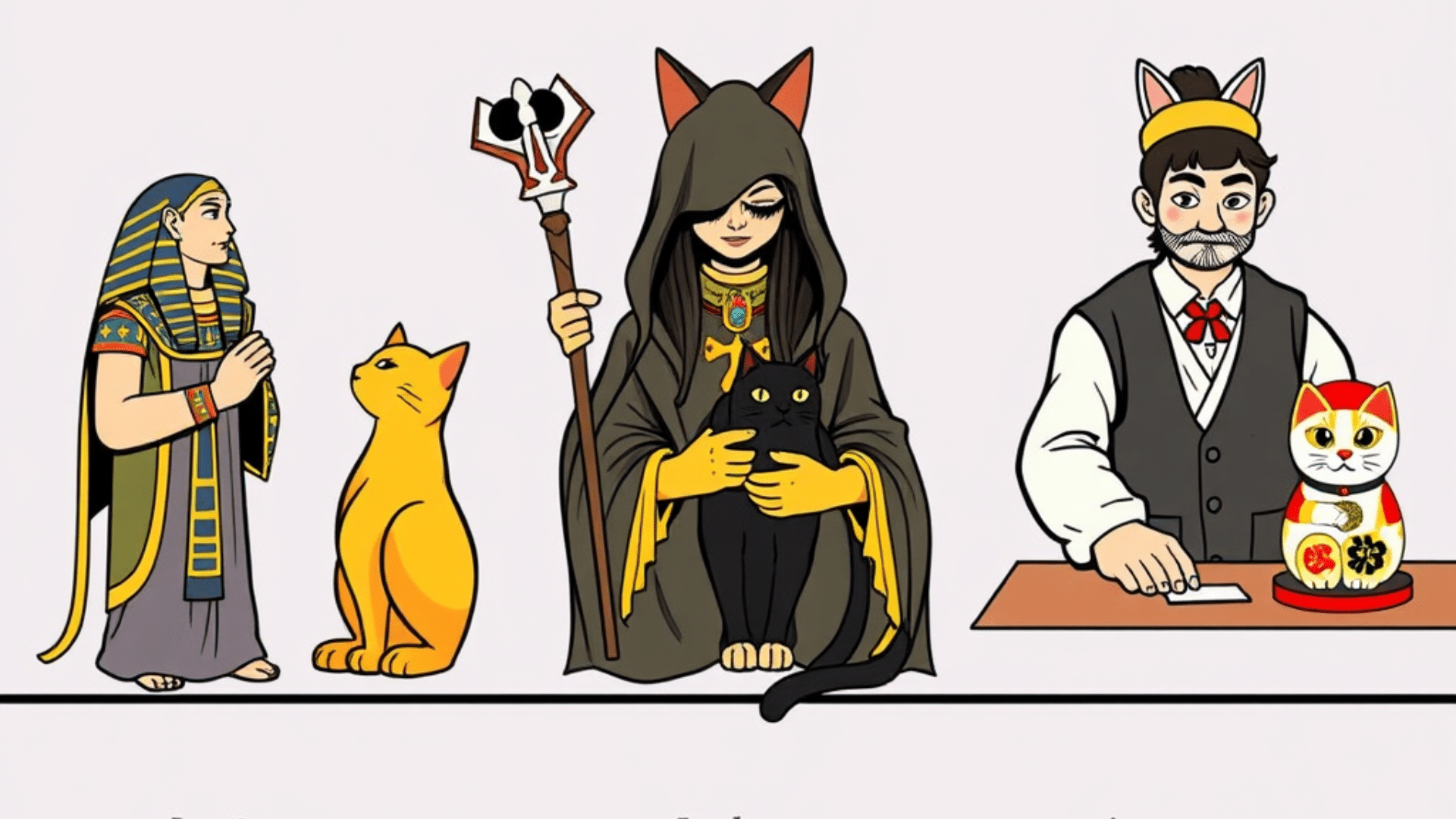
How cats appear in stories often comes from old beliefs across different parts of the world.
Ancient Egypt:
- Cats held high status in Egyptian society
- People saw them as symbols of safety and new life
- Killing a cat was a serious crime
Medieval Europe:
- Black cats became linked with bad luck
- Many thought cats helped witches with spells
- This led to their dark role in Gothic stories
Asian Folklore:
- The Maneki-Neko (waving cat) brings good luck to Japan
- Cat statues still appear in shops to attract wealth
- Some stories feature cats that can speak or shape-shift
Celtic and Norse Beliefs:
- Celtic tales connect cats to magic and hidden worlds
- These cats were said to be as large as lions
- Their strength showed the power of the goddess they served
Iconic Cats in Literature and Their Symbolism

Some cats have left their paw prints on the pages of famous books, becoming characters readers never forget. Literary cats often symbolize deeper meanings in these works.
The Cheshire Cat from Alice in Wonderland vanishes, leaving only its smile, representing Alice’s confusing journey through riddles.
Behemoth in The Master and Margarita is a talking black cat causing mischief throughout Moscow, adding supernatural elements to the story.
Greebo from Discworld transitions between feral cats and human-like characters, challenging our perception of cats as pets and predators.
Mogget in Sabriel appears as a white cat but conceals a powerful spirit beneath a restraining collar, symbolizing hidden true natures.
Poe’s Black Cat is a psychological mirror that reflects the protagonist’s growing madness and embodies his mounting guilt.
Cats as Literary Devices
Writers use cats in smart ways to make their stories work better. These animals do more than exist as characters; they help move plots forward in special ways.
1. Foreshadowing and Omens
A cat’s strange behavior often warns of trouble ahead in stories.
When a feline arches its back or stares at space, readers know something is about to happen. In horror tales, cats sense danger before humans do.
2. Guides and Messengers
In Coraline, the cat helps navigate between worlds, showing the way when all seems lost.
Cats in books often hold the knowledge that the main characters need. They appear with clues or lead people to important places at the right moment.
3. Contrast to Dogs in Literature
Dogs follow orders while cats question them, creating a useful contrast for writers. Both animals appear in the same story, showing different ways of being.
The loyal dog and the free-thinking cat let the authors show two sides of a choice or two types of people. This helps readers think about different ways to face life’s problems.
4. Symbolism in Allegory and Satire
The cat in Animal Farm stays out of the main conflict, hunting alone instead of following the farm’s new rules. This shows how some choose to avoid making hard choices when times get tough.
This cat stands for those who look out for themselves first. Its actions give readers a third option beyond the story’s opposing sides.
The Role of Cats in Modern Literature
How writers use cats in books has changed a lot over time. Modern stories often show these animals in new and different ways compared to older tales.
1. From Superstition to Companionship
In older stories, cats often meant bad luck or magic. Many books show them as friends who help people feel less alone. This change matches how people today keep cats as pets and family members.
Modern writers show the bond between humans and cats, focusing less on old fears. Books now often use cats to show comfort during hard times or to help people connect with others.
2. Cats as Protagonists
More recent books put cats at the story’s center. In The Traveling Cat Chronicles, we hear the tale from the cat’s point of view.
This gives readers a fresh way to see human life. Writers now let cats tell their own stories instead of just being symbols.
This trend shows our growing interest in how animals might think and feel about the world around them.
3. Blending Symbolism with Comedy
Terry Pratchett’s The Amazing Maurice and His Educated Rodents uses a cat character to make readers laugh and think.
Modern books often combine funny cat moments with deeper ideas, making big themes easier to grasp. Today’s writers know cats can make us smile while still carrying important meanings in the story.
Why Cats Continue to Inspire Writers
Cats have a special place in stories. They are loving but also like their space. They can be friendly one moment and distant the next. This makes them interesting characters in books.
Their long history with humans adds to their appeal. Ancient people saw them as protectors or symbols of magic. Over time, their meaning has changed, but they remain important in storytelling.
Cats fit into many types of stories.
In scary books, they bring mystery. In funny stories, they add mischief. In adventure tales, they act as clever companions. Writers use them in different ways because they are full of surprises.
Conclusion
Cats have always been interesting characters in stories. They stand for mystery, independence, and sometimes magic. Although their meanings have changed over time, they still play important roles in many books.
Whether they are clever guides, playful companions, or symbols of change, cats make stories more exciting and fun. Their mysterious nature and clever ways make them stand out as unique figures in literature.
If you enjoy reading about characters and their meanings, check out more content on our website. There’s always something new to read and learn.
Frequently Asked Questions
Why are Cats Often Linked to Witchcraft in Literature?
Cats have historical ties to the occult. In medieval times, people believed they were witches’ companions, leading to their association with magic and the supernatural.
Which Books Feature Famous Cats?
Famous literary cats include the Cheshire Cat (Alice in Wonderland), Behemoth (The Master and Margarita), and the unnamed feline in The Black Cat by Edgar Allan Poe.
Are Black Cats Always a Bad Omen in Literature?
Not always. Some cultures view black cats as symbols of luck and protection, while others associate them with mystery, mischief, or supernatural forces.

